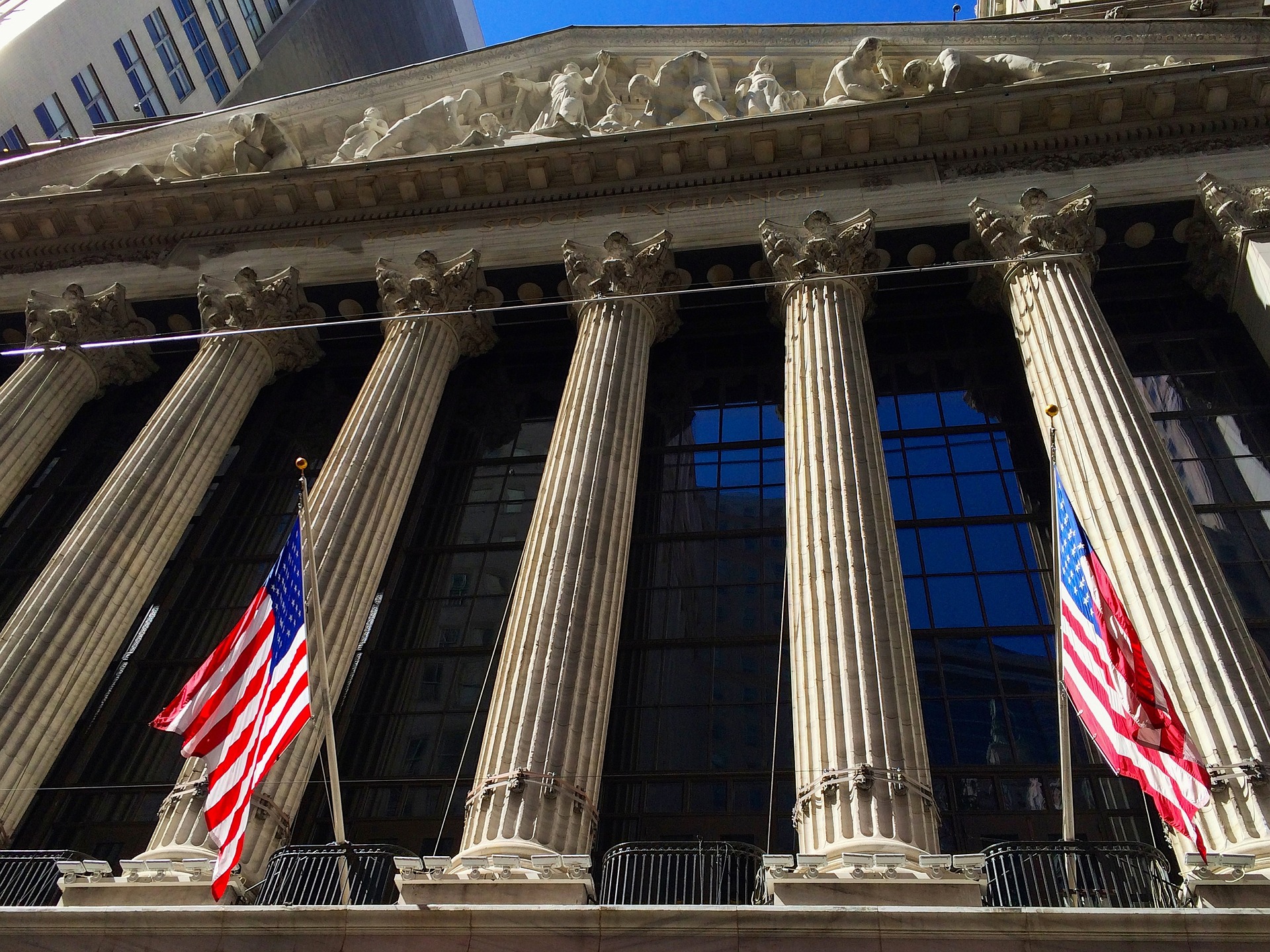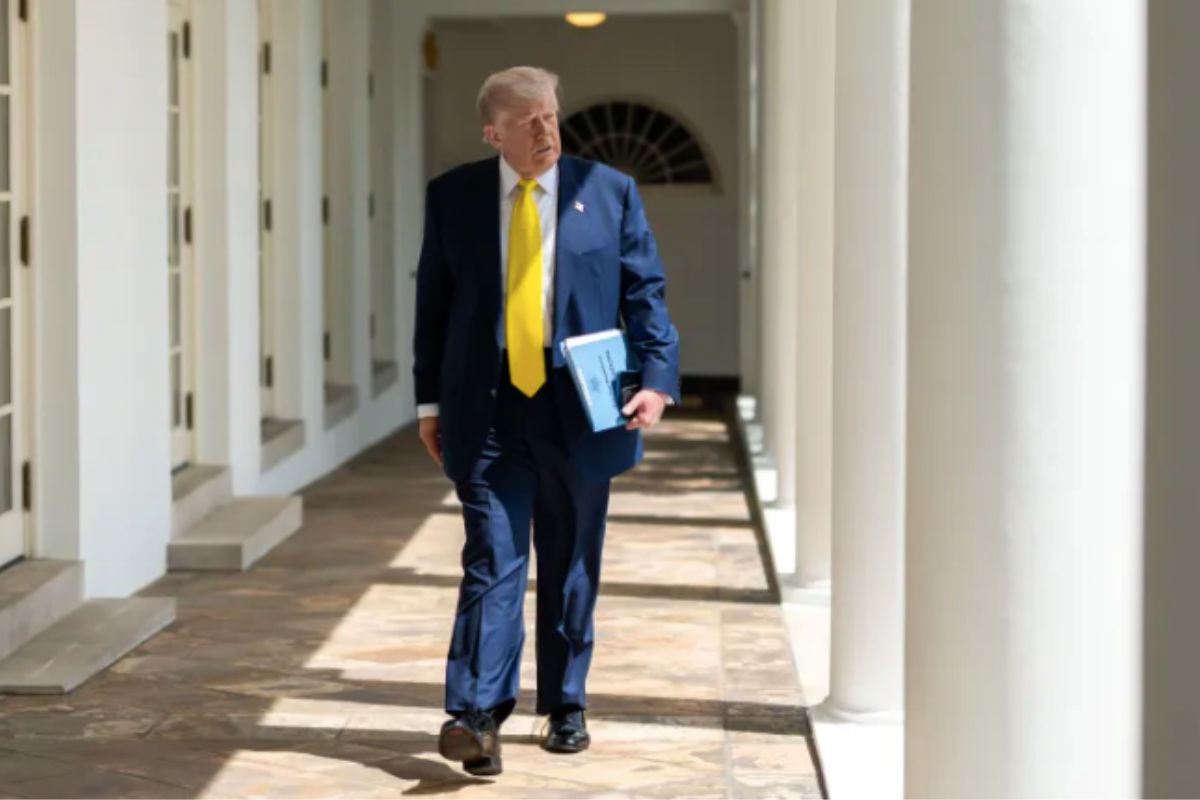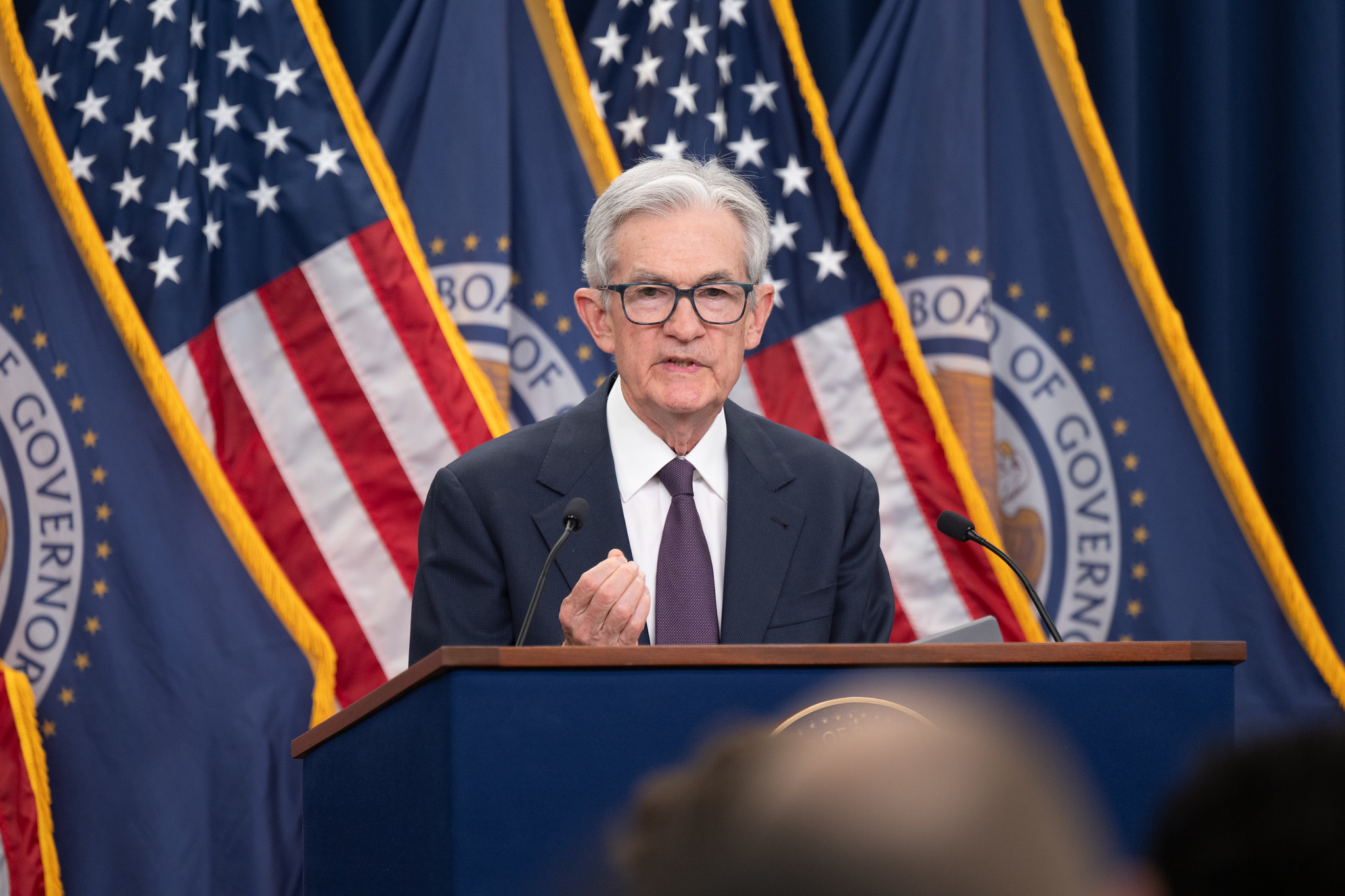International Asset Managers’ Experts Believe That Trade Uncertainty May Be Easing as the United States Reaches Agreements With Its Main Partners; However, They Caution That It Remains to Be Seen What Impact All These Tariffs Will Have on Inflation and, Above All, on the U.S. and Global Economy. While We Wait to See This Impact Materialize, All Attention Is Focused on Negotiations and Agreements.
In the opinion of Chris Iggo, Chief Investment Officer (CIO) at AXA IM, U.S. trade agreements are “a naive idea.” According to his argument, these will not force a redirection of U.S. spending from foreign goods to domestically produced goods. “If successful, the U.S. trade deficit should decrease, and there would be inflows into the capital account of the balance of payments in the form of direct and portfolio investments. In such a scenario, a strong dollar would be expected, not only due to a lower trade deficit and higher investment flows but also from a sentiment perspective: America is winning and is exceptional,” he states.
Monitoring Inflation
The Chief Investment Officer at AXA IM warns that “instead, import prices will rise, and that will mean lower profit margins for companies that import intermediate or final goods to distribute in the U.S. market. And it will probably mean higher prices for U.S. consumers and, therefore, more inflation.”
In this context, Iggo indicates that “foreign suppliers could see some decline in demand and might reduce their selling prices, taking a hit to their profits.” From his perspective, for European markets, the outlook is less clear: “There will be an impact from U.S. tariffs on European profitability. That’s a headwind for growth and may have contributed to the Eurozone’s quarterly GDP growth rate falling to 0.11% in the second quarter, from 0.57% in the fourth quarter. However, lower interest rates in Europe and potential fiscal stimulus from Germany should allow for a slight improvement in the coming quarters.”
According to Patrick Artus, Senior Economic Advisor at Ossiam (an affiliate of Natixis IM), some U.S. economists and investors believe that exporters to the United States will resort to their profit margins, and as a result, there will be no inflationary effect in the U.S. from the higher tariffs. However, Artus warns that it is “impossible for exporters to the United States to offset higher tariffs through their profit margins,” explaining that “it is impossible for exporters to reduce their prices by 15% to 30% to fully compensate for the tariff increase.”
Given this scenario, the Ossiam expert warns that “we can expect a significant increase in U.S. inflation. This will be transitory inflation, not permanent […] Thus, the most likely scenario is that U.S. core inflation will be around 3.4% by year-end.”
The Case of Switzerland
As investment firms point out, while monitoring potential inflation dynamics, the other focus is on negotiations and agreements between countries and the U.S. A notable case is Switzerland. According to the Trump Administration’s argument, it is worth noting that in 2024, the U.S. goods deficit with Switzerland reached approximately $38.5 billion, representing an increase of 56.9% compared to 2023. In fact, U.S. exports to Switzerland totaled $25 billion, while imports from Switzerland amounted to $63.4 billion during that year. These figures, within Trump’s rhetoric, would justify a 39% tariff.
In the opinion of Christian Gattiker, Head of Research at Julius Baer, this level of taxation is “dramatic” and “unexpected.” However, he acknowledges that there is ample room to reach an agreement. “Both parties remain in contact, and it is still possible to reach a negotiated solution similar to the framework between the U.S. and the EU. For investors in Swiss assets, this is a time to stay calm, not to act. The market impact will likely be initial and concentrated, with a spike in volatility as implications are digested. It is advisable to avoid deploying liquidity prematurely: wait for clear signs of extreme dislocation or capitulation on one hand, or immediate resolution on the other, before repositioning,” Gattiker highlights.
For Nannette Hechler-Fayd’herbe, Head of Investment Strategy, Sustainability and Research and EMEA CIO at Lombard Odier, Filippo Palloti, Economist, and Serge Rotzer, Equity Analyst at Lombard Odier, the forecast is similar: “We expect negotiations will bring the 39% tariff for Switzerland closer to the 15% agreed with the EU and Japan, albeit with potentially complex concessions and a possible increase in U.S. investments.”
In this regard, they acknowledge that although the pharmaceutical sector is excluded and high value-added products such as watches, precision machinery, and medical devices could pass on part of the cost, if the 39% is confirmed, margins could be affected or there could even be a sharp drop in sales to the U.S. “In the unlikely event that this trade dispute is not resolved, we will revise our Swiss real GDP forecast for 2025, as well as our expectation that interest rates will not fall below 0%,” they comment.
Regarding the implications for investors, Lombard Odier experts point out that while Swiss equities are likely to suffer during this period of uncertainty, Swiss corporate bonds and the real estate sector may continue to offer attractive sources of income. “Our 12-month forecast for the USD/CHF exchange rate is 0.79,” they conclude.




